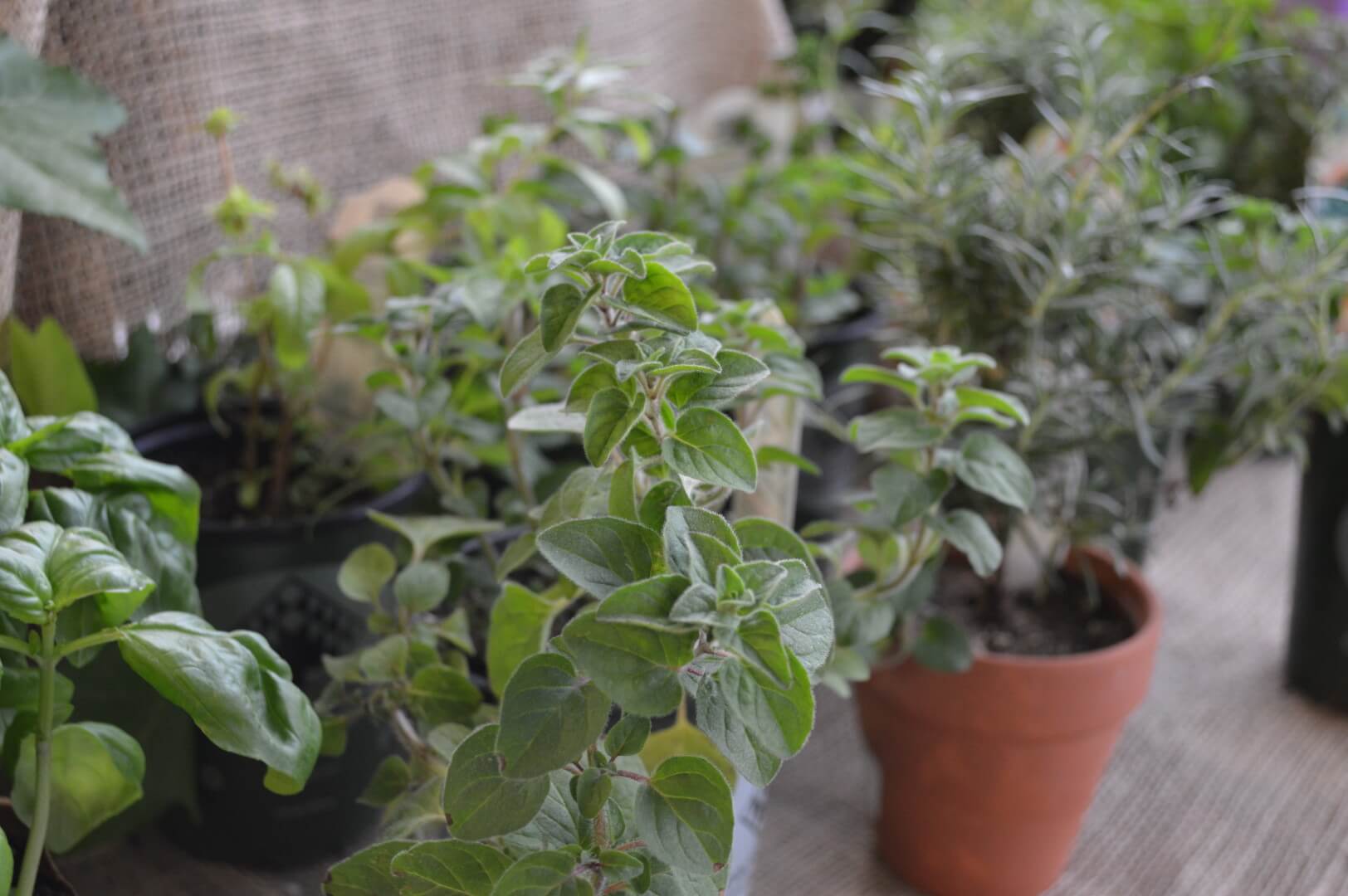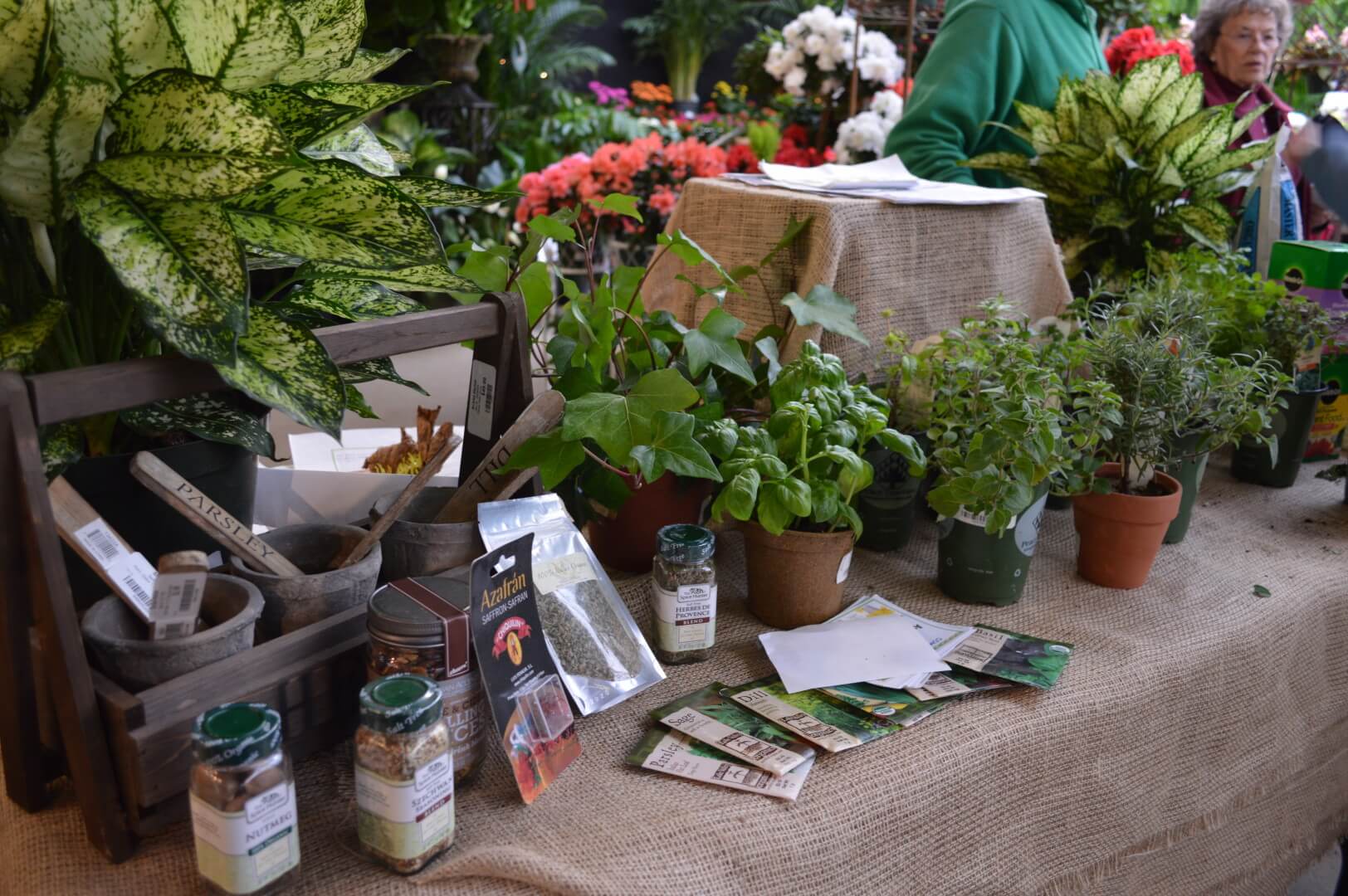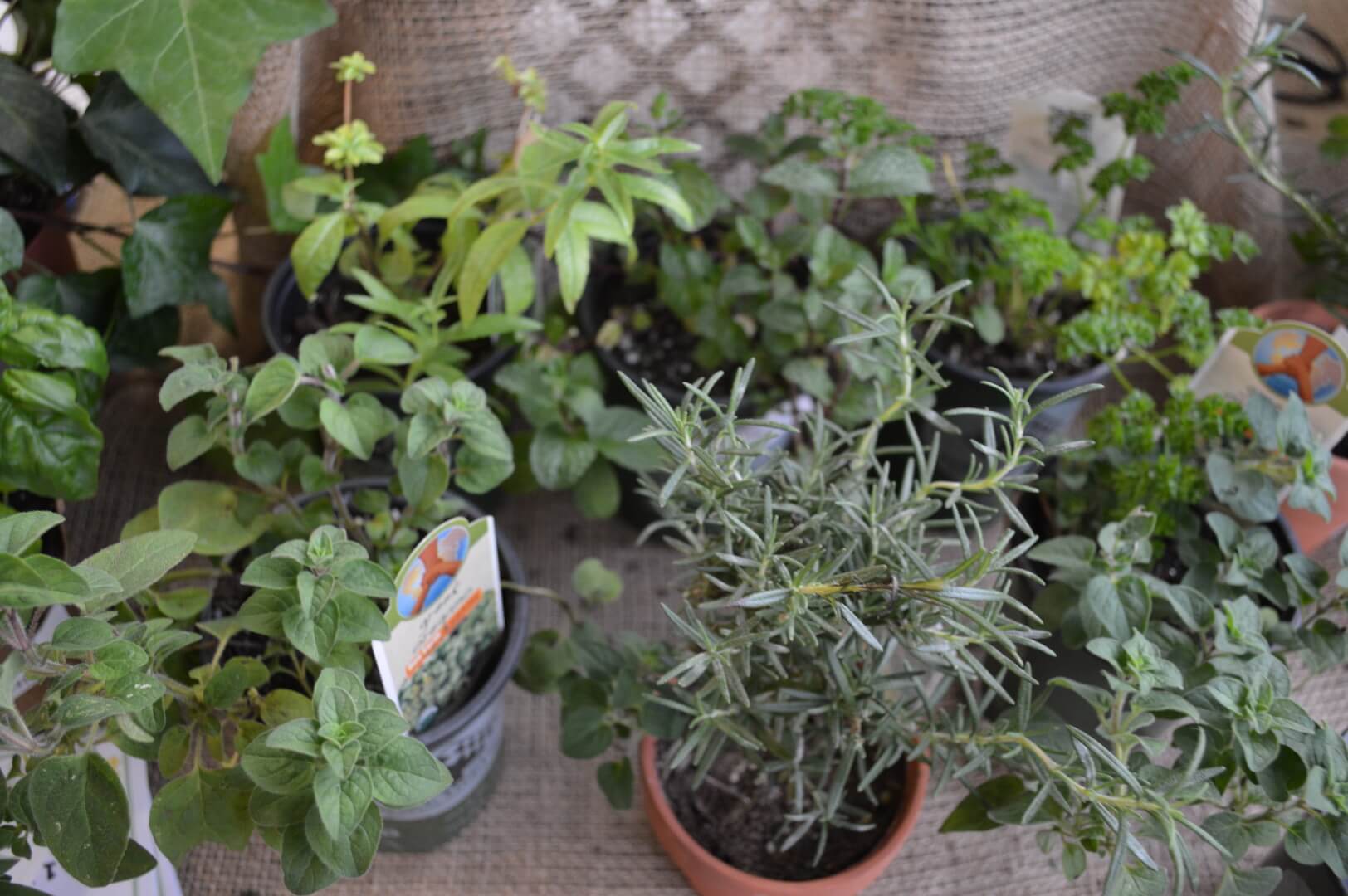Nothing heralds the arrival of spring quite like fresh-picked herbs straight out of the garden. We’ve been holed up in our winter slumber for long enough; it’s time to bring on those fresh flavors and smells. The easiest way to do just that is by planting your very own herb garden. Even if you don’t consider yourself one with nature, benefiting from just a small group of your favorite herbs can instantly transform any dish you bring to the table.
During the 40th Annual Home Gardener’s School held at Rutgers University in New Brunswick, Caren White, aka The Herb Lady, shared her tips on how to start your own herb garden, whether you have a green thumb or not.
[bibblio style=”bib–default bib–hover bib–white-label bib–row-2 bib–title-only bib–size-16 bib–font-arial” query_string_params=”e30=” recommendation_type=”optimised”]
First things first, what exactly is an herb? How does it compare to a spice? An herb is when you use the leaf or the flower of the plant such as basil, while a spice is when you use anything else from the plant such as the seeds, bark or root, such as cinnamon.
Start off small with your favorite herbs that you enjoy using and smelling. Popular culinary herbs include basil, parsley, cilantro, mint, thyme and rosemary, while some fragrant herbs include lavender and chamomile. Once you decide what you want to plant in your herb garden, White recommends finding a spot with 6 to 8 hours of full sun, well-drained soil, and most importantly, one that is conveniently located.

“You don’t want to have to run out to the garden in the back of the yard when it’s raining out just for a sprig of thyme,” says White. She recommends planting herbs in plastic containers outside the door or by the grill so that they’re easy to gather when you need them.
If you choose to plant your herbs in a container, White recommends watering at least once daily and twice when temperatures reach over 90 degrees so that the roots don’t “get baked.” Always be sure to use a large enough container to fit a full-grown plant (believe it or not, a full-grown basil plant is about three feet tall and two feet wide), fill it with fresh potting soil, and leave a drainage hole on the bottom.

As for harvesting, White suggests picking your herbs once they have enough foliage to maintain growth (which means those tiny little plants you pick up from the garden center are off limits for a few weeks). Harvest early in the morning after the dew dries and before the sun heats up the plants, ensuring that the herb contains the most oil and therefore is the most potent. Annual herbs can be harvested until the first frost, while perennial herbs can be harvested until late August. Up to 75% of the herb can be harvested at one time without deterring its growth…so get that pesto sauce ready!
After you’ve grown and harvested your delectable herbs, now it’s time to use them or store them. Two of the most popular methods, especially when you have abundance and are looking to carry that fresh flavor into the colder months, are to freeze or dry them. White suggests chopping the herbs coarsely, creating your own herb mixture and freezing them with water in ice cube trays. You can also take fresh herbs, place them on a baking sheet and put them in the freezer for a few minutes, then store them in a freezer bag. Since freezers now have dehumidifiers, all the moisture is taken out of the herb, making it a very easy way to recreate that summer flavor.

If you prefer to dry them, White recommends laying them flat on a baking sheet in an oven at 100-110 degrees Fahrenheit for 2-3 hours. Once dried, you can store the leaves in tightly sealed glass jars in a cool, dry place away from sunlight, moisture and heat. “If properly stored, dried herbs will keep their flavor for up to one year,” says White.
Who knew small herbs could pack such a huge punch?
Hero (Top) Feature Image: © StephanieFrey / Depositphotos, Inc.
Additional Images Courtesy: Melissa Beveridge
 Melissa Beveridge is a 200 hour registered yoga teacher, certified integrative health coach, aspiring gardener, and writer in Monmouth County. She’s passionate about sharing her lifestyle and combining her love of food, health, and wellness into her writing. Follow her adventures through New Jersey at MBeeWell.com.
Melissa Beveridge is a 200 hour registered yoga teacher, certified integrative health coach, aspiring gardener, and writer in Monmouth County. She’s passionate about sharing her lifestyle and combining her love of food, health, and wellness into her writing. Follow her adventures through New Jersey at MBeeWell.com.You can also find her on Twitter @MBeeWell, and on Instagram @mbeewell.












